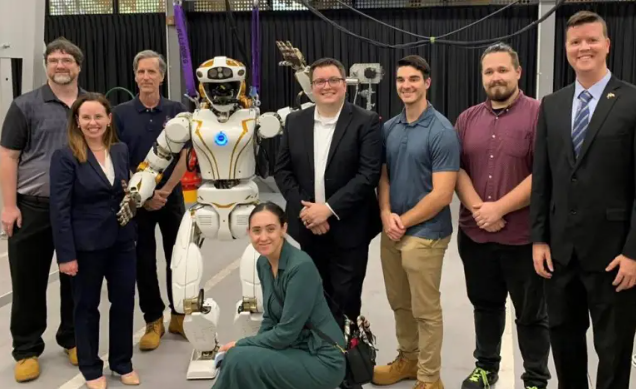NASA’s Valkyrie Robot to Be Tested in Australia

NASA’s humanoid robot Valkyrie will be tested at offshore energy facilities in Perth, Western Australia, far away from the agency’s Johnson Space Center in Houston, Texas. The collaboration is part of the Space Act Agreement with the global Australian energy company Woodside Energy. The NASA team traveled to Woodside’s headquarters in Perth, provided training to the Woodside team, and was visited by governmental representatives of Western Australia, and the U.S. Consul General in Perth. This is the second collaboration with the Australian company.
The goal is to advance the remote operation capabilities of the robot, which would increase the efficiency of offshore and remote operations of the Australian company, in addition to increasing the safety of the personnel and the environment. This advancement may also be beneficial for NASA’s future Artemis missions and would help the process of maturation of robotics technology.
Moreover, the testing will help NASA to learn more about the design of the robots that operate in dirty and hazardous environments, similar to those on the Moon. The main advantage would be the possibility to remotely operate important activities from Earth, in cases where astronauts are not physically present, such as inspection and maintenance of infrastructure and plants.
As said in an announcement by Shaun Azimi, lead of the dexterous robotics team at NASA Johnson, “We are pleased to be starting the next phase of development and testing of advanced robotic systems that have the potential to positively impact life on Earth by allowing safer operations in hazardous environments,”, adding that “These demonstrations will evaluate the current potential of advanced robots to extend the reach of humans and help humanity explore and work safely anywhere.”
In the future, such mobile robots will be crucial for allowing humans to work on higher-level tasks and to remotely supervise dangerous work tasks. Such robots would one day help humanity to achieve a long-term presence on the Moon and Mars.

 Tech Steel & Materials
Tech Steel & Materials
Comments are closed